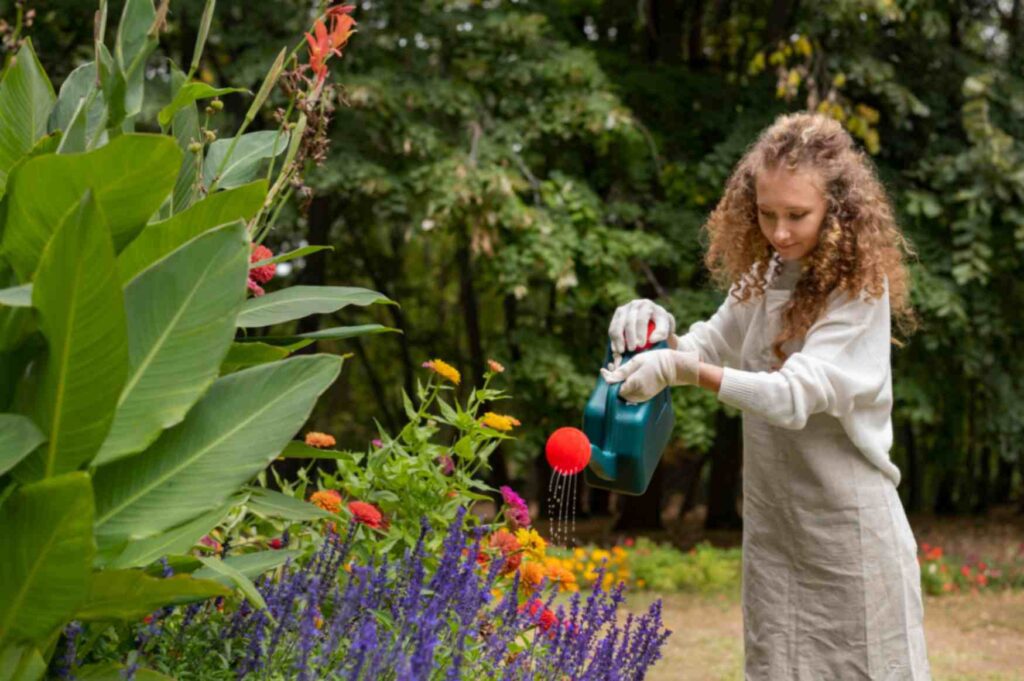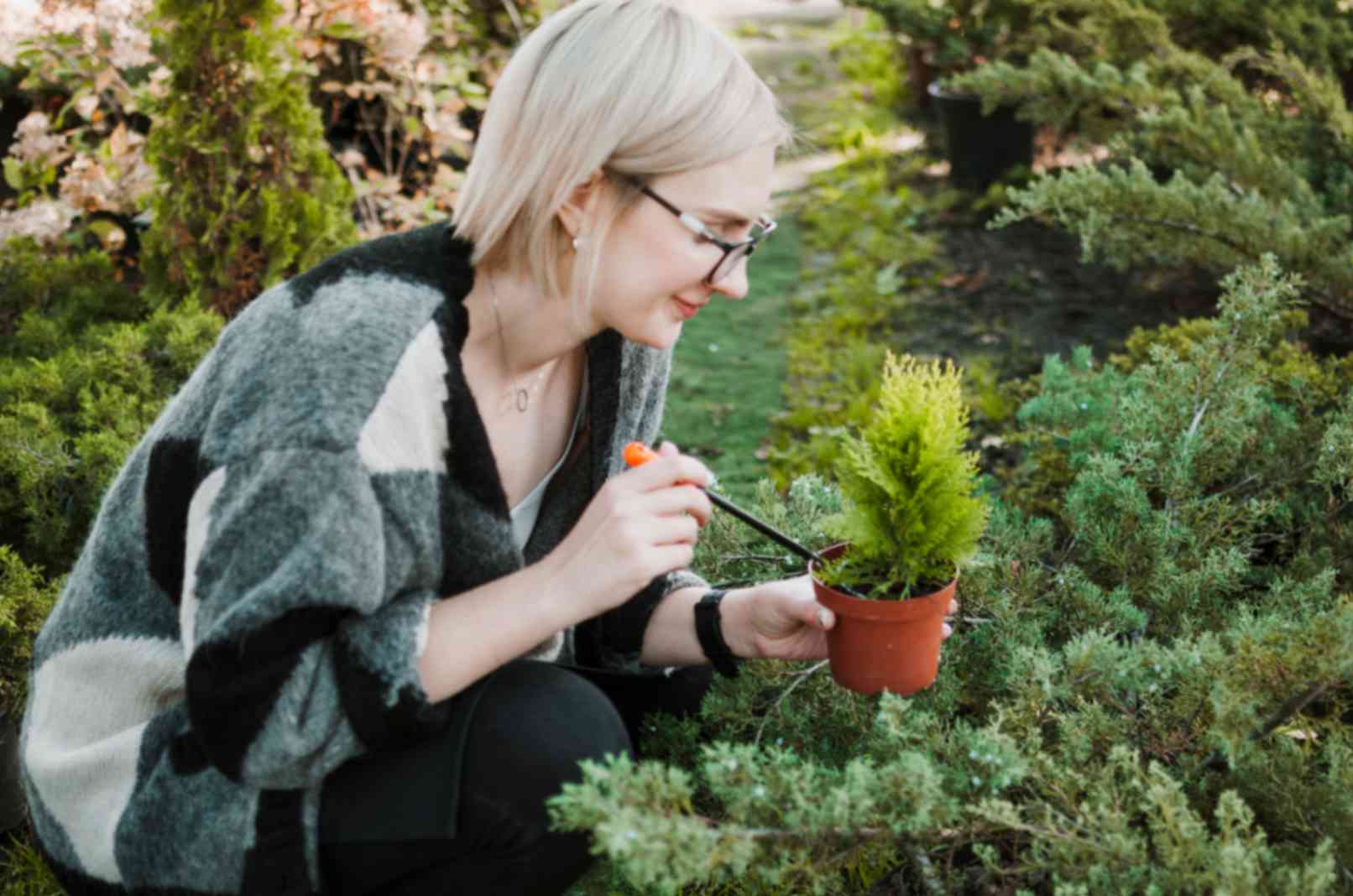
Gardening is a delightful interest that brings us closer to nature, offering each splendor and bounty. Knowing what to plant and while is vital to ensure a thriving lawn. Different plants thrive in different seasons, and understanding those seasonal nuances can flip your lawn into a 12 months-round paradise. This manual will assist you understand what to plant in the course of each season, making gardening smooth and rewarding.
Spring: The Season of New Beginnings
Spring is a season of renewal and growth. As the soil warms up, it’s the perfect time to start planting a variety of vegetables, fruits, and flowers.
Contents
Spring: The Season of New Beginnings VegetablesFruitsFlowersVegetablesFruitsFlowersFall: The Season of HarvestVegetablesFruitsFlowersWinter: The Season of RestVegetablesFruitsFlowersTips for Successful Seasonal Gardening Conclusion Seasonal Gardening Seasonal Gardening Seasonal Gardening Seasonal Gardening Seasonal Gardening Seasonal Gardening Seasonal Gardening
Vegetables
- Lettuce: Fast-growing and frost-tolerant, lettuce is ideal for early spring planting.
- Carrots: These root vegetables thrive in the cool weather of early spring.
- Peas: Plant peas as soon as the soil can be worked. They enjoy the cooler temperatures of spring.
- Radishes: Quick to mature, radishes are perfect for spring planting and can be harvested in as little as three weeks.

Fruits
- Strawberries: Plant strawberries early in the spring for a summer harvest.
- Raspberries: These canes thrive while planted in early spring, setting the stage for destiny bounties.
Flowers
- Pansies: Hardy and colourful, pansies are best for the unpredictable climate of early spring.
- Tulips and Daffodils: Plant those bulbs inside the fall to enjoy their blossoms in early spring.
- Summer: The Season of Growth
- Summer is the height growing season, with lengthy days and heat temperatures. It’s the ideal time to plant heat-loving greens, culmination, and vibrant flora.
Vegetables
- Tomatoes: Summer is tomato season. Plant them after the final frost for satisfactory effects.
- Cucumbers: These rapid-developing vines thrive in the warmth of summer.
- Peppers: Both candy and hot peppers grow properly in summer’s warmth.
- Zucchini: This prolific manufacturer loves the summer season solar.
Fruits
- Watermelons: Plant watermelons in early summer for a fresh treat in overdue summer time.
- Cantaloupes: These melons thrive in warm climate and convey sweet, juicy fruits.
Flowers
- Sunflowers: These pleased giants love the summer solar and may develop numerous toes tall.
- Marigolds: Hardy and colourful, marigolds are best for including vivid splashes of colour on your lawn.
- Petunias: These versatile flowers bloom all summer season long, including beauty to any lawn.

Fall: The Season of Harvest
- Fall is a time of harvest and practise. Many plants that like cool temperatures can be planted in the fall. It’s also a great time to prepare your lawn for winter.
Vegetables
- Broccoli: Plant broccoli in past due summer for a fall harvest.
- Kale: This hardy green prospers in cooler temperatures and can even withstand light frosts.
- Brussels Sprouts: These take some time to mature but taste sweetest after a mild frost.
- Garlic: Plant garlic in the fall for a summer season harvest subsequent yr.
Fruits
- Apples: Fall is apple season. If you have got apple bushes, this is the time to revel in their bounty.
- Pears: Like apples, pears are best harvested within the fall.
Flowers
- Mums are classic fall flowers. They have vibrant colors. This is while many other flowers are fading.
- Asters: These late bloomers add a dash of color to the fall garden.
- Ornamental Kale and Cabbage add thrilling textures and colors to the fall garden. They can face cooler temperatures.
Winter: The Season of Rest
- Winter is a time in your garden to rest. But, there are some things you may plant, especially if you live in a mild climate or have a greenhouse.
Vegetables
- Spinach: This hardy green can be planted in past due fall for a wintry weather harvest.
- Winter Lettuce: Some lettuces thrive in cooler temperatures. They can be grown in winter.
- Onions: Plant onion sets in late fall or early iciness for a spring harvest.
Fruits
- Citrus Trees: In hotter climates, citrus trees can produce fruit throughout the winter.
Flowers
Camellias: These iciness-blooming shrubs provide coloration whilst little else is flowering.
- Hellebores, also called Christmas roses, bloom in wintry weather. They add splendor to your garden in the cold months.

Tips for Successful Seasonal Gardening
- Know Your Hardiness Zone: Understanding your USDA hardiness sector will assist you pick out flowers a good way to thrive for your weather.
- Soil Preparation: Good soil is the foundation of a wholesome lawn. Add compost and natural count to improve soil structure and fertility.
- Water Wisely: Different seasons require exclusive watering techniques. In summer season, water deeply and much less frequently to encourage deep root boom. In cooler months, be cautious no longer to overwater.
- Mulch: Mulching facilitates retain soil moisture, suppress weeds, and adjust soil temperature. It’s useful in all seasons.
- Succession Planting: To make the most of your growing season, exercise succession planting. This involves planting new crops as quickly as antique ones end, making sure a continuous harvest.
- Protect Your Plants: Be organized for unexpected climate adjustments. Use row covers, cloches, or bloodless frames to guard plants from overdue frosts or extreme heat.
21 Low-Maintenance Ground Cover Plants for Sun and Shade
Conclusion
Gardening by the season is rewarding. It keeps your garden vibrant and productive all year. By knowing what to plant and when, you can enjoy a steady supply of fresh vegetables, fruits, and flowers. Whether you’re a seasoned gardener or a beginner. Following these rules will help. They will help you create a garden that thrives and changes with the seasons. Happy gardening!

